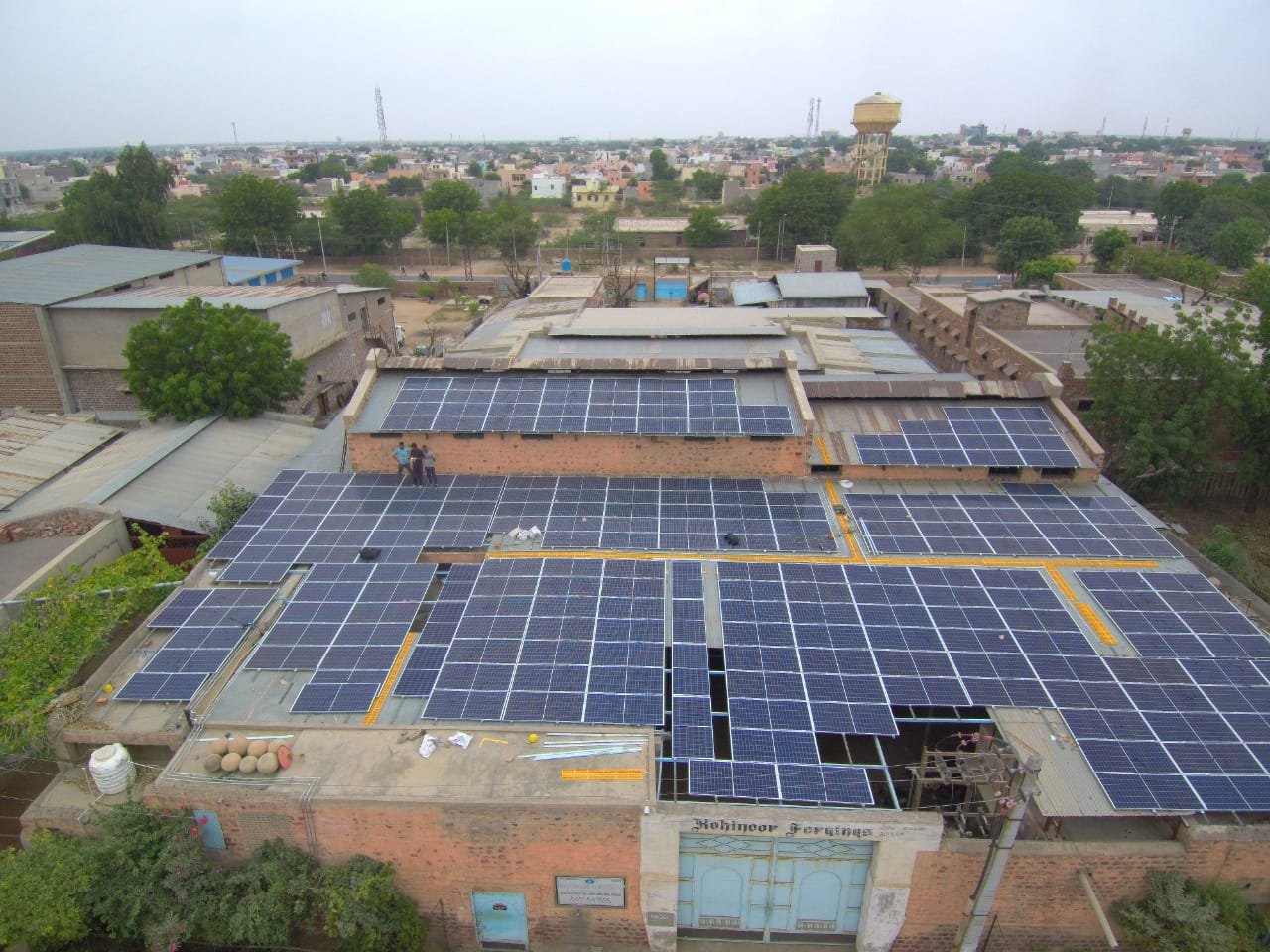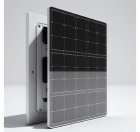Service Details

Hybrid Solar Power Plant
A Hybrid Solar Power Plant combines multiple energy generation technologies to optimize efficiency, reliability, and energy production. These systems typically integrate solar power with other energy sources such as wind, diesel generators, or battery storage, to ensure a continuous power supply regardless of weather conditions or fluctuating demand. Below is an overview of the key components and benefits of hybrid solar power plants:
Components of a Hybrid Solar Power Plant:
- Solar Photovoltaic (PV) Modules: These capture sunlight and convert it into electricity. The size and number of panels depend on the energy needs of the facility.
- Energy Storage Systems (Battery Storage): To store excess energy generated during sunny hours, which can be used during periods of low solar output or high demand. This helps improve grid reliability and ensures energy availability when solar generation is low.
- Backup Generators (Diesel or Gas): Often integrated as a backup solution to provide power during long periods of low solar or wind energy production, or when battery storage is depleted.
- Wind Turbines (Optional): In areas with favorable wind conditions, wind turbines can be integrated into the hybrid system, providing additional energy during cloudy or calm days.
- Grid Connection: Many hybrid systems are connected to the local electricity grid, allowing excess energy to be fed back into the grid when available, or drawing from it when the hybrid system's output is insufficient.
2. Benefits of Hybrid Solar Power Plants:
- Continuous Power Supply: By combining solar with storage, backup generators, or wind, hybrid systems can provide a more consistent energy supply, overcoming the intermittency issues typically associated with solar power.
- Energy Efficiency and Cost Savings: By optimizing the use of solar energy and reducing reliance on fuel-powered generators, hybrid systems can lower operating costs and reduce carbon emissions.
- Scalability: Hybrid systems can be scaled to meet the energy needs of different-sized operations, from small commercial setups to large industrial or utility-scale plants.
- Reduced Environmental Impact: By utilizing renewable energy sources (solar, wind), these systems contribute to a lower carbon footprint compared to traditional power generation methods, especially when combined with storage to minimize the need for fossil fuel backup.



